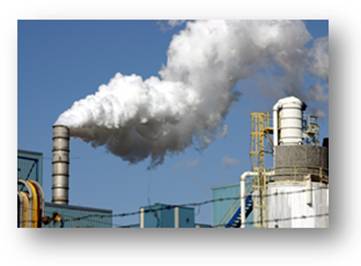AO2 You need to be able to: Demonstrate application and analysis of knowledge and understanding Command Terms: These terms require students to use their knowledge and skills to break down ideas into simpler parts and to see how the parts relate: Analyse, Apply, Comment, Demonstrate, Distinguish, Explain, Interpret, Suggest
AO3 You need to be able to: Demonstrate synthesis and evaluation. Command
terms these terms require you to rearrange component ideas into a
new whole and make judgments based on evidence or a set of criteria. Compare,
Compare and contrast, Contrast, Discuss, Evaluate,
Examine, Justify, Recommend, To what extent
AO4 You need to be able to Demonstrate a variety of appropriate skills. Command Terms These terms require you to demonstrate the selection and use of subject-specific skills and techniques: Annotate, Calculate, Complete, Construct, Determine, Draw, Identify, Label, Plot, Prepare
Social and cultural environment - introduction
Businesses affect the societies in which they operate and are, in turn, affected by social and cultural change in those societies.
Social change may affect businesses through many aspects of their activity. These may include:
- Human resources - expectations within society about patterns of employment and working conditions will affect the firm's organisation. Increasingly, trends towards home working, more flexible employment patterns and a portfolio approach to a career are influencing firms and the way they operate. Social change impacts on firms in different ways, but all businesses would be wise to plan for change.
- Marketing - firms need to ensure that their product portfolios reflect the pattern of demand in society. Changes in society lead to changes in the pattern of demand and firms need to be aware of changes taking place in their market. Market research will be an important element of judging the significance of trends and changing consumer purchasing behaviour.
- Production - with the growth in multinational enterprises, production has become increasingly globalised and ready to shift anywhere. However, firms are also under increasing pressure to ensure that their production does not impact negatively on the countries and societies where they operate.
-
Social responsibility
 As
well as being affected by society, business also has a responsibility
to the society in which it operates. Members of society are
stakeholders (have an interest in how the business operates) and need
to be treated accordingly. Let's look at the range of major
stakeholders and think of how a business has a social responsibility
towards them.
As
well as being affected by society, business also has a responsibility
to the society in which it operates. Members of society are
stakeholders (have an interest in how the business operates) and need
to be treated accordingly. Let's look at the range of major
stakeholders and think of how a business has a social responsibility
towards them. - Employees - they look for job security and adequate rates of pay.
- Customers - want to buy with trust and a belief that adequate quality will be a norm. They also assume safety has been a primary objective of the business and that the price they pay is a fair reflection of costs plus a reasonable amount of profit.
- Suppliers - expect some security of orders at a fair price and regular payment of bills.
- Owners - look for dividends, increasing profits and a positive image of the business with the wider public e.g. environmental responsibility.
- Government - hope that business uses resources efficiently and effectively and makes decisions with the best and widest interests of society in mind.
- Local community - again look for jobs within a secure environment and a lack of social costs.
 1.5 STEEPLE Analysis
1.5 STEEPLE Analysis